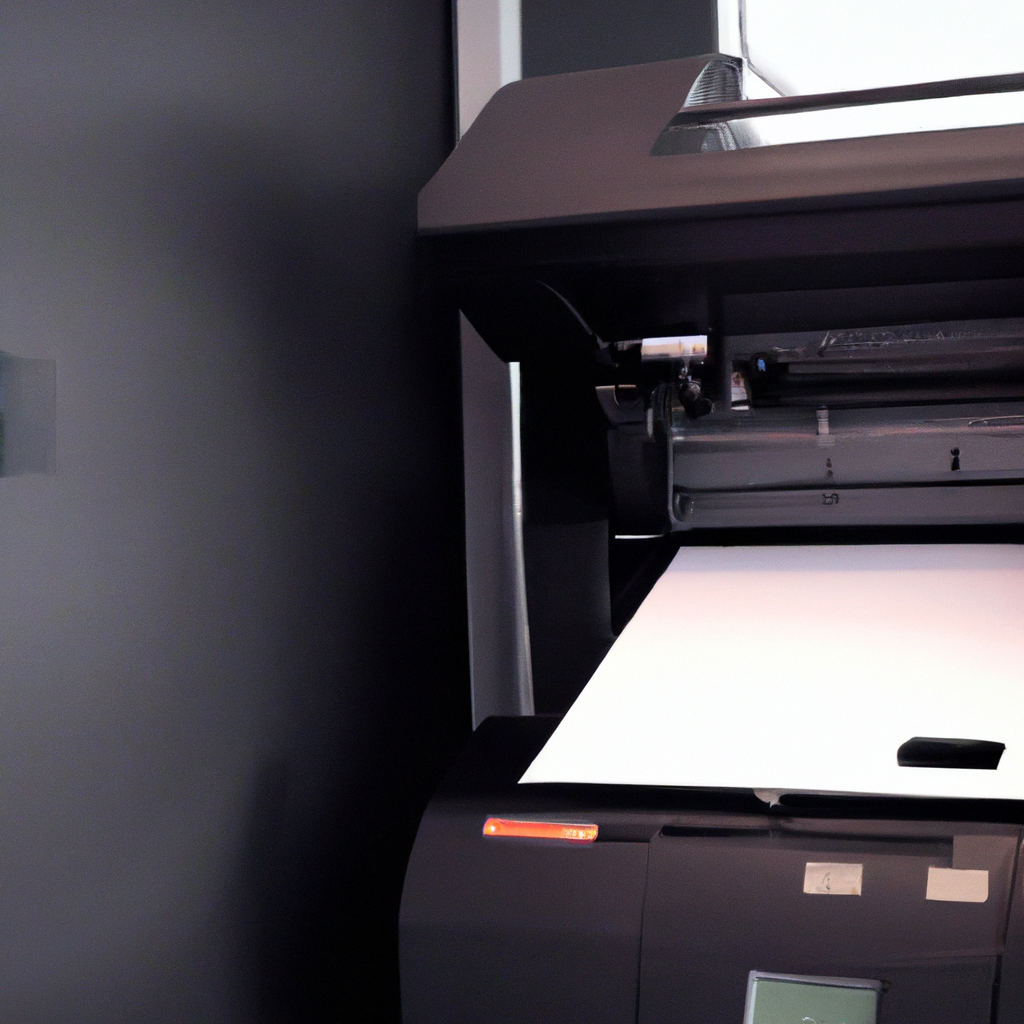Photocopiers, also known as copy machines or photostat machines, are electronic devices that make copies of printed or written materials. They have become an essential tool for businesses, schools, and individuals to produce multiple copies of documents quickly and efficiently. But how exactly does a photocopier work? In this article, we will delve into the inner workings of a photocopier and explain the process of photocopying.
The Basic Mechanism of a Photocopier
A photocopier is made up of several components that work together to produce copies of documents. These components include the following:
1. Scanner: The scanner is responsible for capturing the image of the original document that needs to be copied. It does this by using a light source and a lens to create a digital image of the document.
2. Photoreceptor: The photoreceptor is a drum or belt that is coated with a photoconductive material. It is charged with an electrostatic charge that attracts the toner particles.
3. Toner: Toner is a fine powder that is used to create the image on the paper. It is made up of pigment, resin, and other additives that help it adhere to the paper.
4. Fuser: The fuser is a component that uses heat and pressure to fuse the toner onto the paper.
The Photocopying Process
Now that we know the basic components of a photocopier let’s dive into the actual process of photocopying.
Step 1: Charging the Photoreceptor
The first step in the process is to charge the photoreceptor with an electrostatic charge. This charge creates an electrostatic image of the original document on the photoreceptor.
Step 2: Exposing the Photoreceptor to Light
Next, the photoreceptor is exposed to light that reflects off the original document. This light causes the photoconductive material on the photoreceptor to become conductive in the areas where the light hits it. The areas that are not exposed to light remain charged.
Step 3: Developing the Image
After the photoreceptor is exposed to light, it is coated with toner particles. The toner particles are attracted to the areas of the photoreceptor that have been exposed to light, creating a toner image of the original document.
Step 4: Transferring the Image
The toner image on the photoreceptor is then transferred to a sheet of paper. This is done by applying an electrostatic charge to the paper, which attracts the toner particles from the photoreceptor. The paper is then passed through a set of rollers that press the toner particles onto the paper.
Step 5: Fusing the Image
Finally, the paper with the toner image is passed through a fuser, which uses heat and pressure to melt the toner particles onto the paper. This creates a permanent image that is identical to the original document.
Conclusion
In conclusion, a photocopier is a complex machine that uses several components to produce copies of documents. The photocopying process involves charging the photoreceptor, exposing it to light, developing the image with toner particles, transferring the image to paper, and fusing the image onto the paper. Photocopiers have become an indispensable tool for businesses, schools, and individuals, allowing them to produce multiple copies of documents quickly and efficiently.







